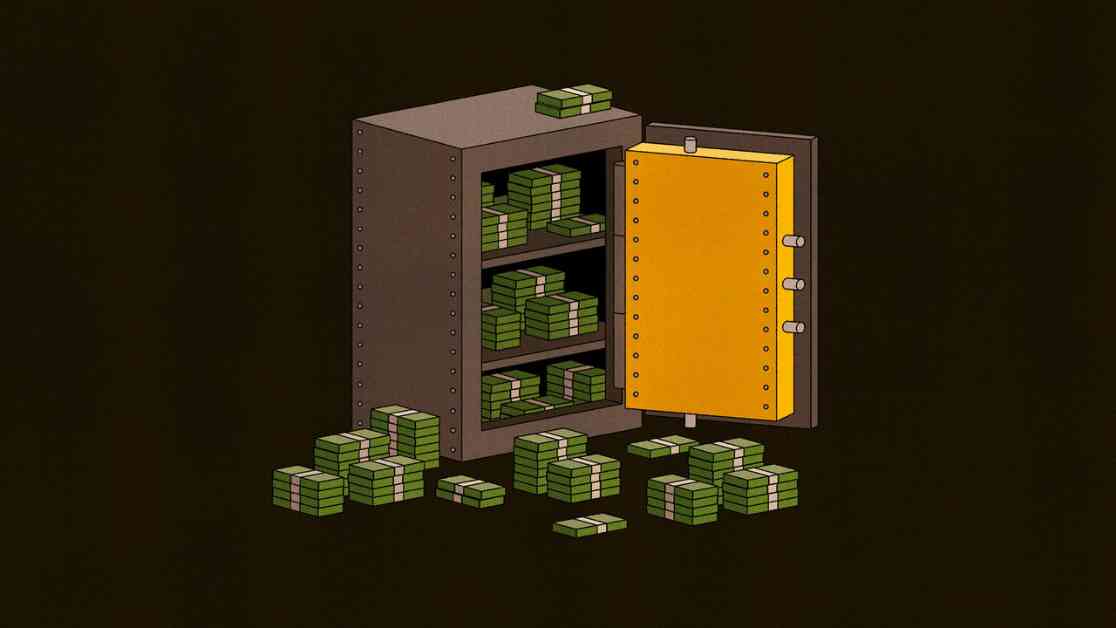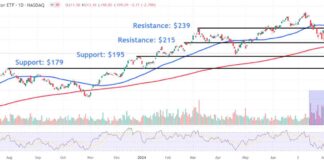The debate around the optimal amount of cash removal from the financial system continues to rage on, with the undoing of quantitative easing (QE) sparking fierce discussions among economists and policymakers alike. The world is still awash in cash, albeit in the form of central bank reserves, which have ballooned in size in recent years. The Bank for International Settlements (BIS), a renowned club of central banks, estimates that the balance sheets of rich-country central banks now amount to roughly 50% of collective GDP. This is a significant decrease from the peak of 70% in 2021, which was brought about by quantitative tightening (QT) measures aimed at offloading assets acquired during the easing period. Despite the reduction, the current level of central bank reserves remains well above the pre-global financial crisis norm of around 10%, indicating that there is still work to be done in terms of draining excess liquidity from the financial system.
The Impact of Central Bank Reserves on the Economy
The unprecedented expansion of central bank reserves has raised concerns among economists about its potential impact on the economy. While QE was initially implemented as a tool to stimulate economic growth and combat deflationary pressures, the prolonged period of easy monetary policy has led to unintended consequences. One of the main concerns is the distortion of asset prices, as the flood of liquidity injected into the financial system has driven up the prices of stocks, bonds, and real estate to unsustainable levels. This has created a wealth effect that benefits asset holders but exacerbates income inequality and poses risks to financial stability.
Moreover, the massive accumulation of central bank reserves has also distorted the functioning of financial markets. With central banks holding a significant portion of government bonds and other assets on their balance sheets, they have become dominant players in the market, crowding out private investors and distorting price signals. This has made it difficult for market participants to accurately assess risk and allocate capital efficiently, leading to mispricing of assets and potentially creating bubbles in certain sectors of the economy.
The Challenge of Unwinding Central Bank Reserves
As central banks grapple with the challenge of unwinding their massive balance sheets, they face a delicate balancing act. On the one hand, they need to reduce the size of their balance sheets to prevent inflation from spiraling out of control and to restore normalcy to financial markets. On the other hand, they must avoid triggering a sharp contraction in the economy that could lead to a recession.
The process of unwinding central bank reserves involves selling off the assets acquired during the QE period, which can put upward pressure on interest rates and tighten financial conditions. This can have a dampening effect on economic activity, as higher borrowing costs discourage investment and consumption. Central banks must therefore proceed with caution and carefully calibrate their actions to avoid disrupting the fragile recovery that is underway.
The Role of Fiscal Policy in Managing Central Bank Reserves
In addition to monetary policy measures, fiscal policy can also play a crucial role in managing central bank reserves. By implementing prudent fiscal policies that aim to reduce government debt and deficits, policymakers can help alleviate the pressure on central banks to absorb excess liquidity through QE. This can help prevent the build-up of imbalances in the economy and reduce the risk of financial instability.
Furthermore, fiscal policy can also be used to address structural imbalances in the economy that may have contributed to the need for unconventional monetary policy measures in the first place. By investing in infrastructure, education, and innovation, governments can boost productivity and long-term growth potential, reducing the reliance on monetary stimulus to prop up the economy.
In conclusion, the optimal amount of cash removal from the financial system remains a contentious issue that requires careful consideration and coordination among policymakers. While unwinding central bank reserves is necessary to restore normalcy to financial markets and prevent inflation from spiraling out of control, it must be done in a gradual and prudent manner to avoid disrupting the fragile economic recovery. By combining monetary and fiscal policy measures, policymakers can effectively manage central bank reserves and ensure a sustainable and balanced growth trajectory for the economy.

















